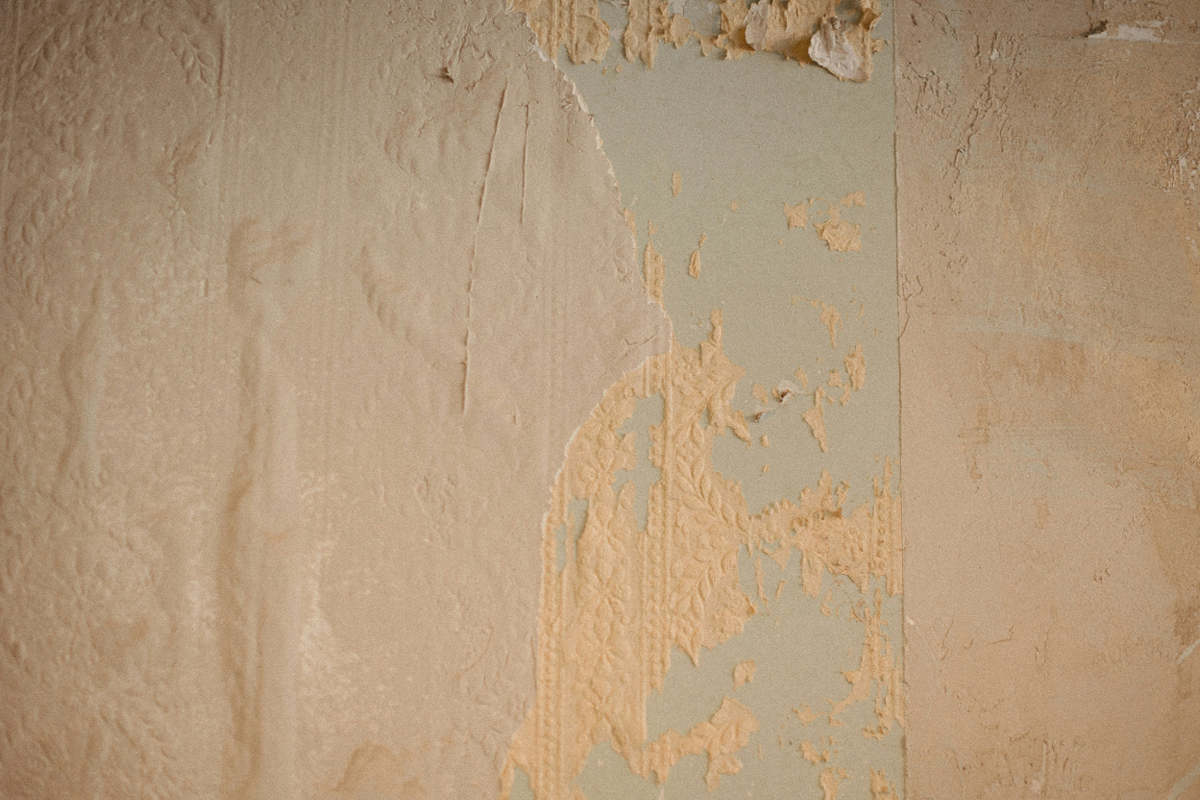WHY DO WALLS GET DUSTY?
Dusty walls are a common issue in many homes and can prove to be a real annoyance. Does it ever feel like no matter how often you clean, the dust just seems to settle back down immediately?
Understanding why this happens can help you to keep your walls cleaner for longer, as well as improve indoor air quality and keeping your home feeling and looking fresh. In this piece cleaning expert Joyce French at HomeHow.co.uk explores the main causes of dusty walls and offers simple solutions on how to prevent and remove dust effectively.
Why Do My Walls Get Dusty?
When we think of dust, we think of dirt, but it is actually made up of a combination of lots of different tiny particles from skin cells, pet dander, pollen, and fibres from clothes and furniture. These particles float around in the air before eventually settling on surfaces and walls in busy areas, acting like a magnet for them. Static electricity can further make dust cling to walls by pulling the particles to the surface and causing them to stick.
There are certain conditions in your home that can make dust settle faster. For example, low humidity levels will cause dust to stay airborne for longer, leading more to eventually settle on walls. Household habits such as cooking, smoking indoors, and even certain cleaning routines can add to the dust on your walls – the more activity in your home, the more dust will gather.
Outdoor factors can also increase the amount of indoor dust, such as high pollution levels or pollen. As spring and summer are peak pollen seasons, we may want to open our windows and doors, but this will mean needing to stay more on top of dust!
Walls in high-traffic areas, like kitchens and living rooms, tend to get dustier and walls near windows and doors collect more dust because they are exposed to outdoor particles. The type of wall finish in a room also has an influence, with matte or rough paints tending to trap more dust whereas smooth, glossy surfaces are more effective at repelling particles.
How Does Dust Affect My Home and Health?
Dust on walls isn’t just unappealing in terms of aesthetics; it carries pollen, pet dander and other particles that can make breathing difficult, especially for those with allergies or respiratory conditions such as asthma. Keeping your walls dust-free is vital to reducing these health risks and improving the air quality in your home.
Dust can stain and turn walls yellow or grey over time, making your home look dull. It can also attract moisture, which promotes mould growth in humid areas. Dust accumulation may seem minor at first but can lead to much greater problems if ignored.
How Can I Prevent Dust from Accumulating on My Walls?
Clean Regularly
Dust can gather fast without regular cleaning, especially in busy homes, so it is important to dust at least once a week with a microfibre cloth or vacuum cleaner with a brush attachment. These tools can trap dust better than traditional dusters, but it is important to use gentle motions to avoid damaging wallpaper or paint.
Vacuum sofas, carpets, and curtains weekly to reduce dust sources. If you have pets, groom and bathe them regularly to cut down on shedding and excess dust caused by pet dander. It is also important to keep your clothes and bedding clean, as these are common dust carriers.
Improve Your Indoor Air Conditions
Air purifiers with HEPA filters are perfect for catching airborne dust particles before they settle. Maintaining moderate humidity levels can help dust stay airborne for longer, preventing it from settling quickly. Use dehumidifiers or humidifiers as needed and ensure proper ventilation by opening windows regularly or installing exhaust fans to carry dust outside.
During high pollen seasons, however, it is a good idea to close windows at peak times to prevent outdoor dust from entering. Regularly clean air vents, ducts, and filters to let less dust circulate indoors.
Home Improvements and Maintenance
When selecting paints and wall papers, go for options that are designed to resist dust and stains. These special finishes prevent dust from sticking to walls and will make your cleaning routine much easier. Seal gaps and cracks around windows and doors to block dirt from creeping inside and adding to the problem.
How Can I Remove Dust That Has Already Built Up?
Weekly Cleaning Routine
Start by dry dusting using a microfiber cloth or a soft wall brush. Gently wipe walls to remove loose dust. For stubborn spots, use a slightly damp cloth with a mild cleaning solution—avoid harsh chemicals that could damage paint. Always test cleaning products on a small area first.
Deep Cleaning
Every few months, wash your walls with a mixture of mild soap and water. Use a sponge or soft cloth, working carefully to avoid paint damage. For tough stains or discolouration, specialised wall cleaners can help. Avoid scrubbing too hard, as this can peel paint or cause damage.
Professional Cleaning Services
Consider hiring professionals if dust buildup is severe or thick. They have tools to deep clean walls and can repaint if walls look faded or stained. Professional cleaning can restore your home’s appearance and improve air quality significantly.
Final Thoughts
Dusty walls occur due to a mixture of environmental factors, household habits, and the quality of your walls and can have a huge impact on both your home and your health. Regular cleaning combined with good indoor habits is essential to prevent the issue and will make a huge difference to your home. Following the steps in this piece, you can help your home to stay fresher, healthier, and free of unwelcome dust!
MORE ABOUT THE AUTHOR… JOYCE FRENCH: Joyce French has worked in the cleaning industry for over twenty years. Joyce specialises in domestic cleaning and works closely with HomeHow.co.uk to provide expert cleaning knowledge to homeowners, tradespeople and news outlets.













